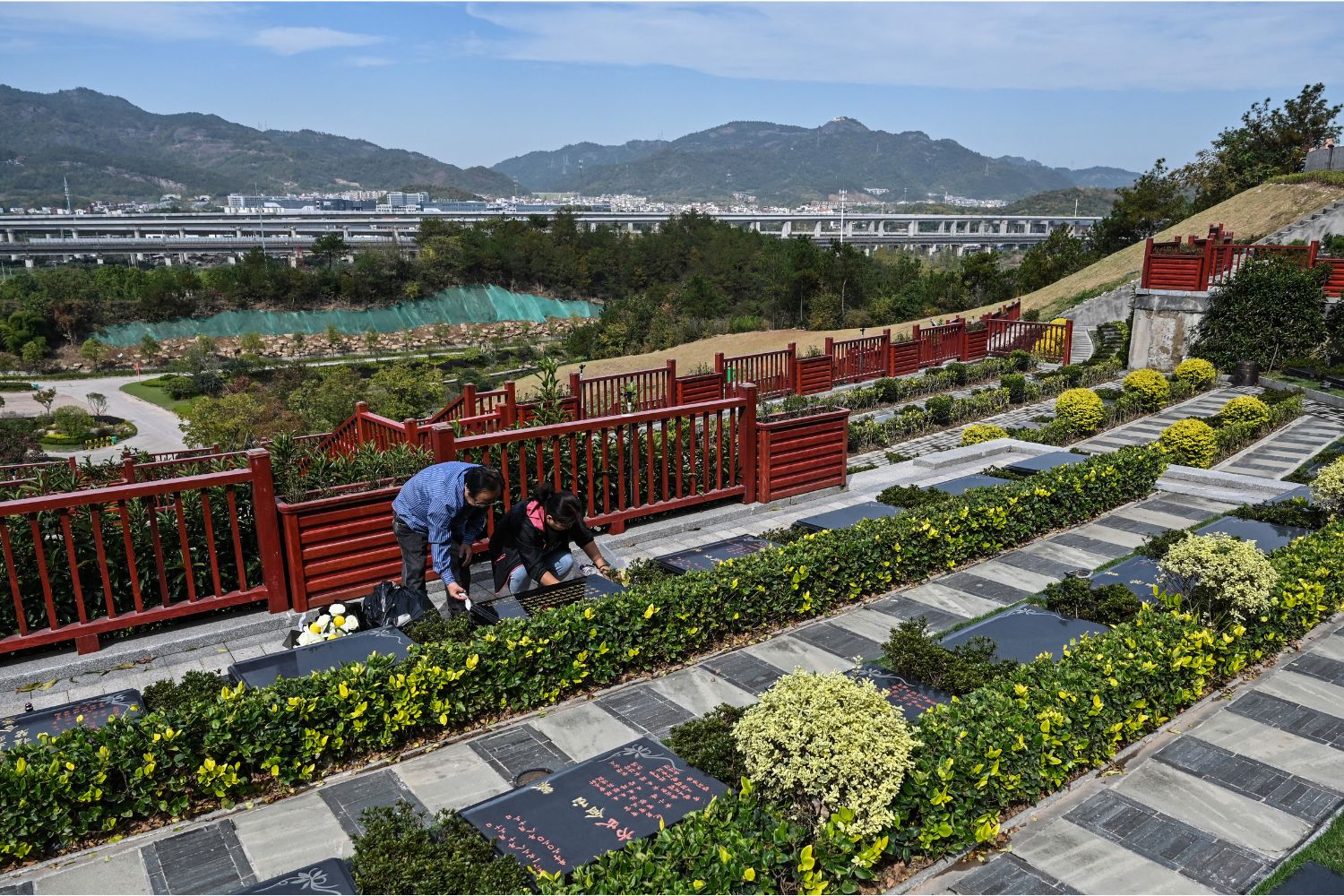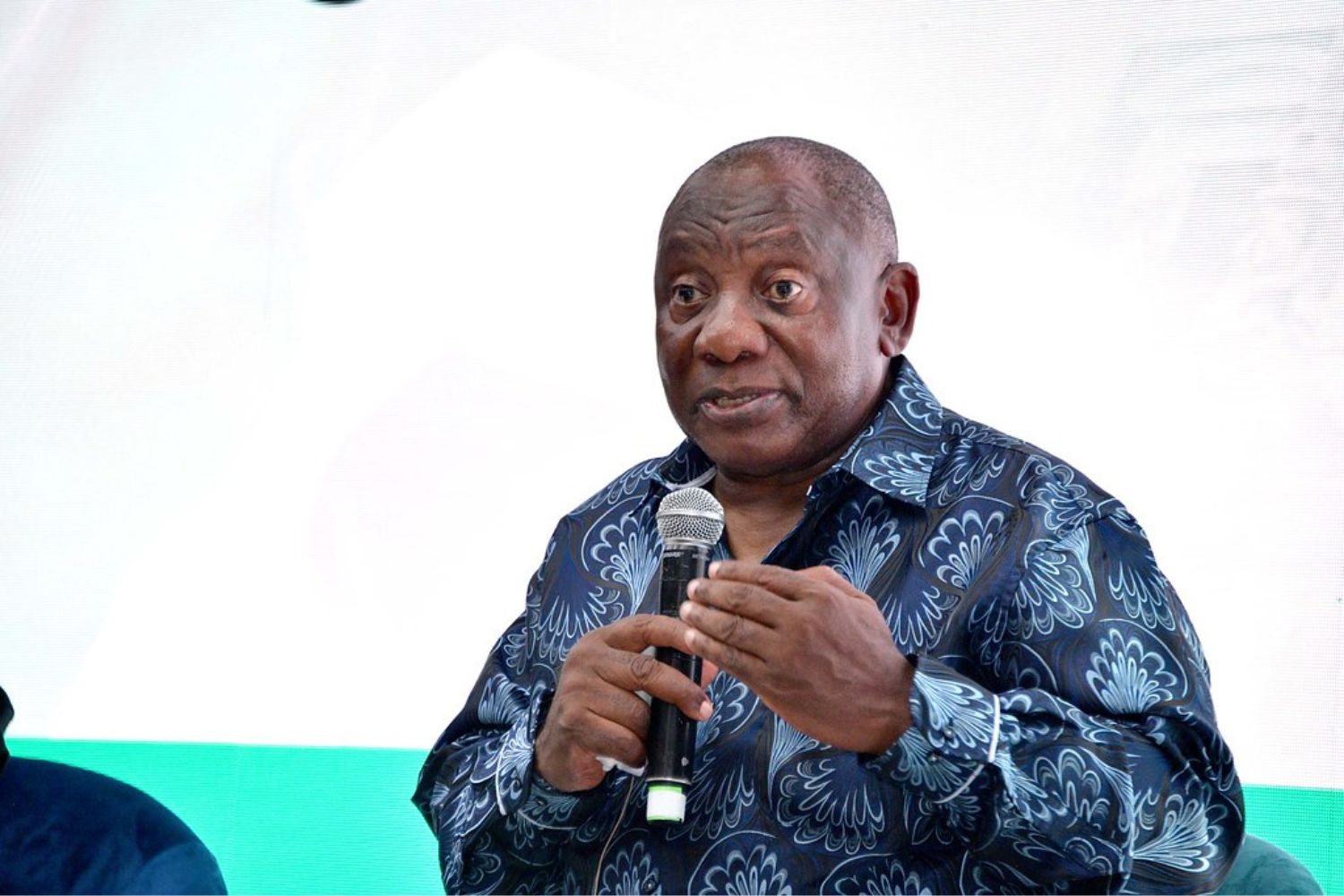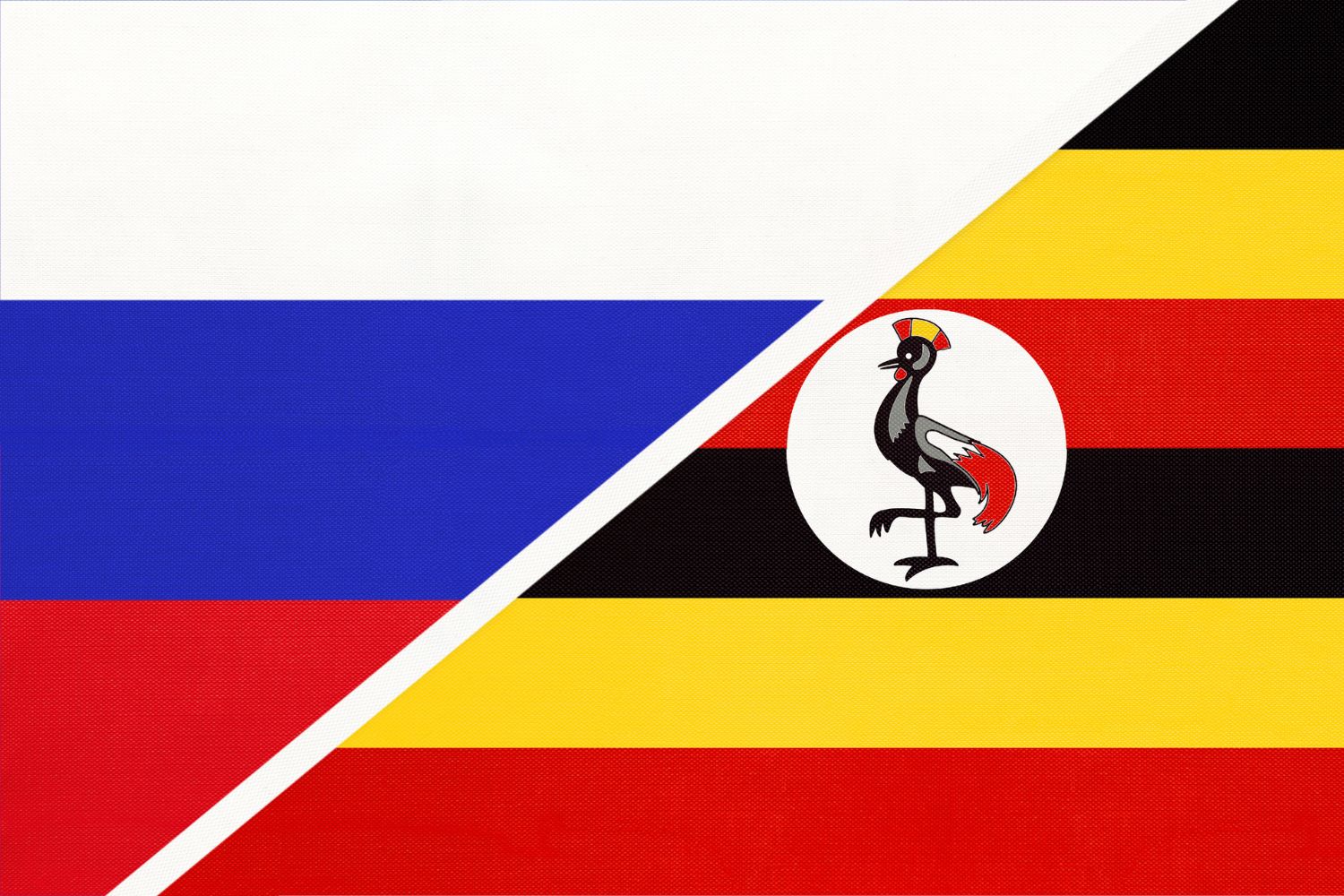Five decades after it was built, Beijing is pledging US$1 billion to refurbish an ageing railway it built between Tanzania and Zambia. It
is China’s largest ever African foreign aid project – known as Tazara – and it has fallen into disrepair and financial doldrums, with only 10 locomotives in use, instead of its capacity of 50.
Beijing’s decision to help save Tazara, however, is being seen as a direct response to Washington’s announcement of its own African railway infrastructure project to bankroll the refurbishment of the Lobito Corridor between Angola and Zambia through the Democratic Republic of the Congo (DRC). Observers also say China is keen to get Tazara back to full speed to help transport its mining exports from Zambia and the DRC, as the race for critical minerals used in the production of electric vehicle batteries heats up between China, the European Union and the US.
The 50-year-old railway line, which runs 1,860km from Zambia’s copperbelt town of Kapiri-Mposhi to the Tanzanian port of Dar es Salaam, needs a serious cash injection.The deal under discussion would see state-owned China Civil Engineering Construction Corporation (CCECC), a subsidiary of China Railway Construction Corporation (CRCC), rehabilitate the railway. CCECC is negotiating a concession to operate the railway for 30 years to both make the railway profitable and to recoup its investment, before Tazara would be transferred over to the Tanzanian and Zambian governments.
The plan was announced on the sidelines of the Forum on China-Africa Cooperation (FOCAC) summit held in Beijing in early September. Chinese President Xi Jinping, Zambian President Hakainde Hichilema and Tanzanian President Samia Suluhu Hassan witnessed the signing of a deal with CRCC that signalled the start of the Tazara revitalisation. “Upgrading this strategic railway line will create jobs and enhance trade and connectivity in our region,” Hichilema said at the time.
The revitalisation plan would allow upgrades of tracks and purchases of new locomotives to increase capacity and help shift more heavy cargo from roads to rail, according to Zambian Transport and Logistics Minister Frank Tayali.
“It is poised to catalyse the much-needed revitalisation of our infrastructure and rolling stock, positioning Tazara to achieve its full potential,” the Tazara Railway Authority said. “We anticipate that the rehabilitation of both infrastructure and rolling stock will take approximately two years.”

Leaders Xi Jinping, Samia Suluhu Hassan and Hakainde Hichilema (at back) witness the signing of a memorandum of understanding on the revitalisation project of the Tazara railway, on the sidelines of the 2024 FOCAC summit. Photo: Xinhua
Meanwhile, the railway authority’s head of public relations, Conrad Simuchile, said negotiations over the concession were “still ongoing” with CCECC, Tazara’s original construction company.
“We aim to finalise the concession agreement by the end of the year,” Simuchile said.
The concession will cover a period of up to 30 years, and in that time, Tazara Railway Authority said its operational capacity was expected to increase “from the current combined average of 500,000 metric tonnes for all operators to approximately 2 million metric tonnes”.
The upgrade of Tazara comes as the European Union and the United States have announced their own infrastructure investment in the region.
Eyeing critical minerals from resource-rich Zambia and the DRC – where Chinese companies have vast interests – the Lobito Corridor project will see the Western superpowers fund the building of a railway line from the Zambian copperbelt region, through the DRC, to join up with an existing line which runs to the Atlantic port city of Lobito in Angola. It is the first big infrastructure project that the US has undertaken in Africa in decades. And it might not stop there. Washington recently announced that it might also extend the railway to Tanzania all the way to the Indian Ocean, effectively running the railway right across the African continent.
Tazara has long held a special place for China. Builtn the early 1970s, 160 workers, including 69 Chinese nationals, lost their lives during its construction. Even now, visiting Chinese diplomats lay flowers at memorials to those who died.













